The interest in where produce comes from – including what is in it, how it is produced, its environmental credentials and its provenance – has grown exponentially over the past decade.
Recent events – including Brexit, a pandemic, supply chain issues and COP26 – have all raised the importance of sustainability and supporting local produce.
There are a number of labels, or ‘marks’, that indicate the origins of food.
Crofting lends itself to having its own mark, it being defined by regulation, its geographic location, and its own provenance.
The Scottish Crofting Produce mark signifies its geographical origins, that it conforms to a set of standards and that it supports a sustainable culture.
The Scottish Crofting Produce (SCP) mark was also established to promote produce from crofts so that crofters could make a better return on their sales, and covers a range of produce including food, crafts and textiles.
By joining the SCP mark, we can promote those crofters who wish to sell their own genuine produce, that seek the best practice for land and livestock, and really showcase the art of crofting, the heritage behind it, and the future of supporting local producers.
The SCP mark is a way to let crofting providers show how they use their unique natural and environmental surroundings to provide for the growing demand for ethical and sustainable natural produce.
From the crofter who sells beef and mutton, truffles and trout, to the crofter who makes gin and sells it alongside honey and eggs; if it is done on a croft, it can be promoted under the Scottish Crofting Produce mark.
Webinars are being held on case studies and how to sell direct, and the Scottish Crofting Federation (SCF) will also showcase Scottish Crofting Produce at several events this coming year, such as the Black Isle and Skye shows.
Crofting law reform
Meanwhile, now that we have a new board of crofting commissioners in place, and they have settled in, it is timely that the process for crofting law reform is about to begin again, picking up where it left off in the last parliamentary session.
This time there are some additional features to the reform including the issues that were looked at by the Law Society, and a specific request for the Crofting Commission to contribute suggestions for amendments that will enable it to discharge its duties as crofting regulator.
This is a very important point as the Commission is in the ideal place to ensure the law works for crofting – as you will remember the SCF has been lobbying the Commission for some time on this point.
It is not about ‘watering down’ legislation to make the Commission’s job easier, or simply to amend the wording of existing legislation to make it work better.
It is also to suggest changes that will help this regulated system of land tenure to work better in the interest of crofting.
We need to see legislation that will control things like the collection of multiple crofts to the exclusion of others, or the de-crofting of house-sites by absentee tenants or owners, or the breach of duties that sees crofts lying idle and neglected, not being passed on.
So, welcome to the new and returning commissioners; you have an increased budget, an expanded staff, a crofting development team and a Regulation and Land Use team.
We reiterate our request that you do everything in your power to get this excellent system of land tenure into shape, starting with the fundamental – the law.
Patrick Krause is chief executive of the Scottish Crofting Federation.
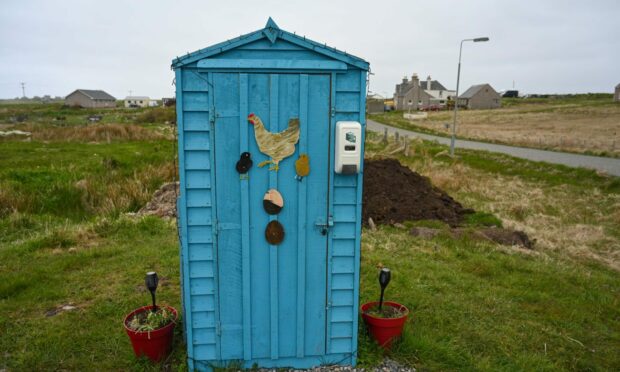
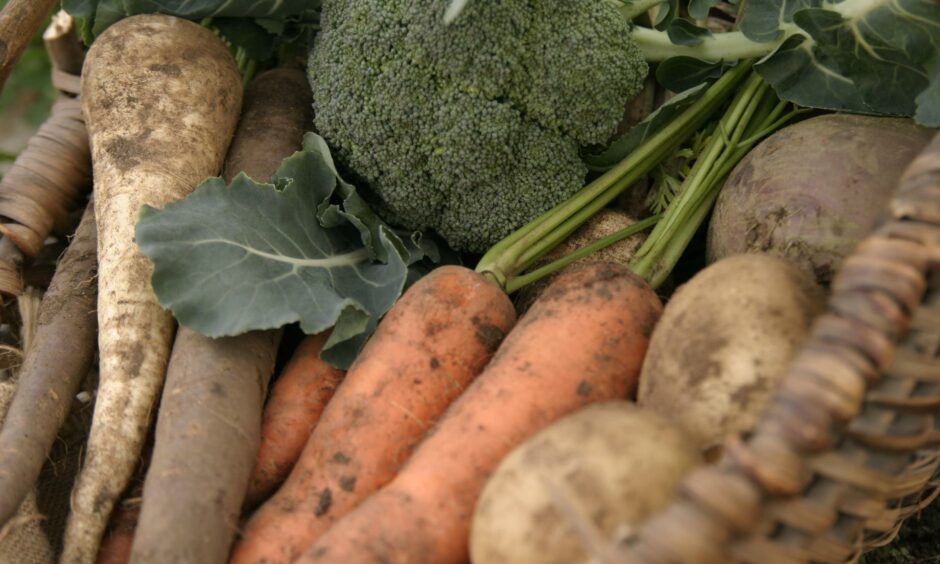
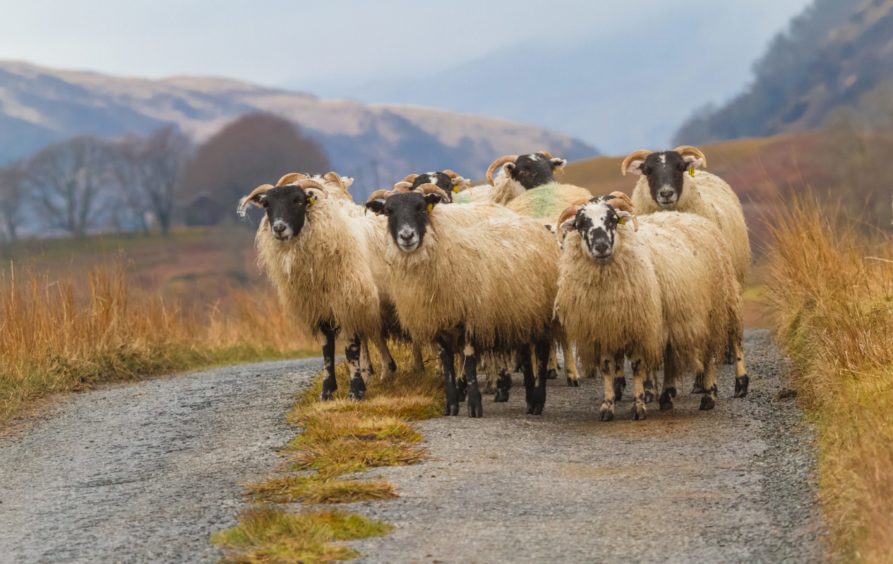
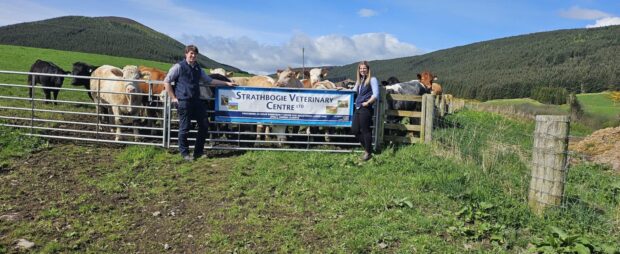
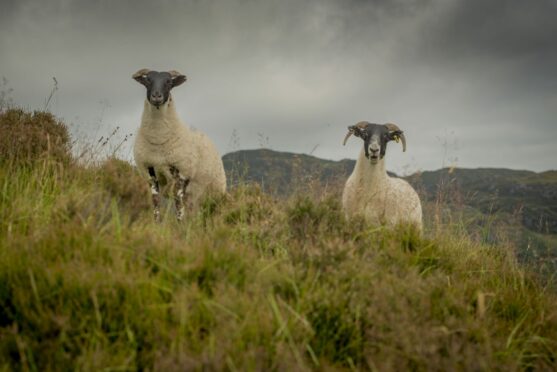
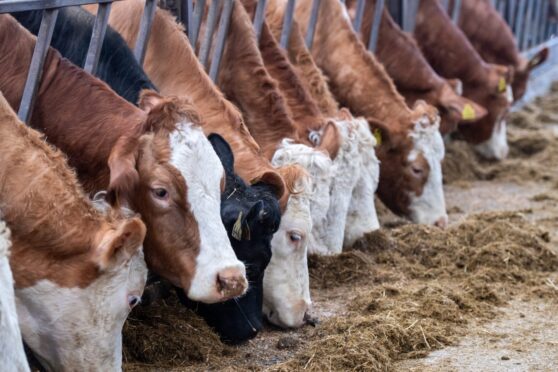
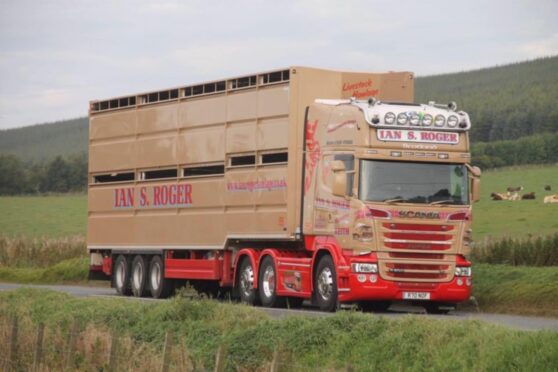

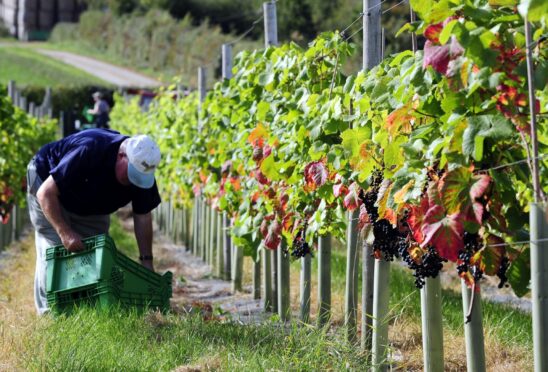

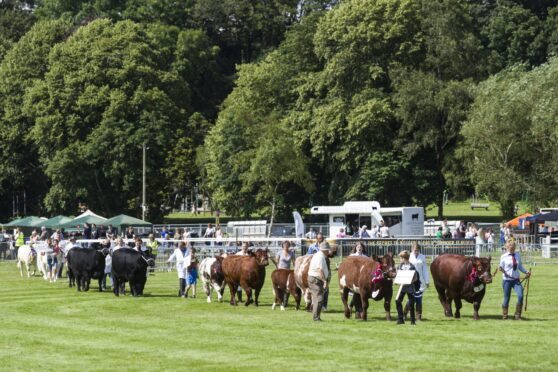
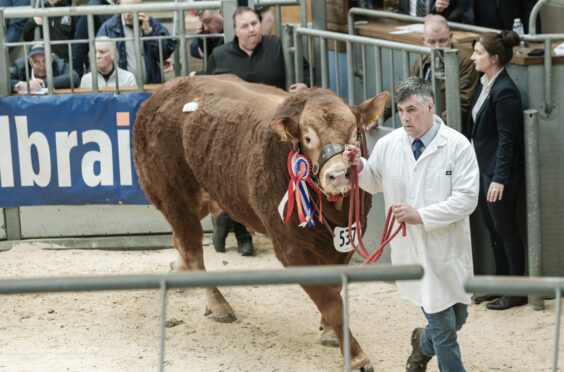
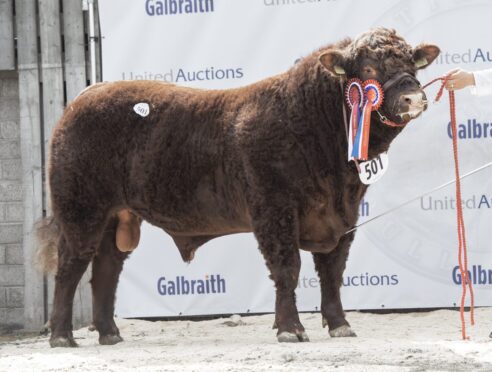
Conversation